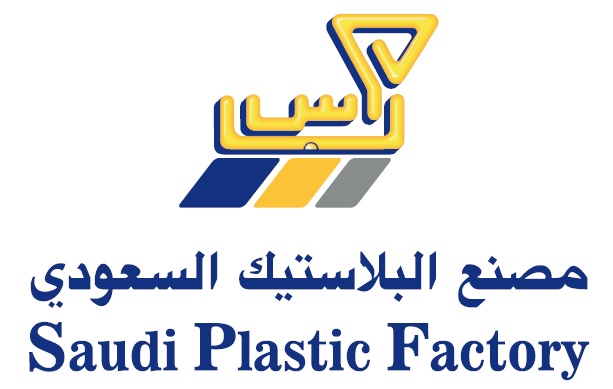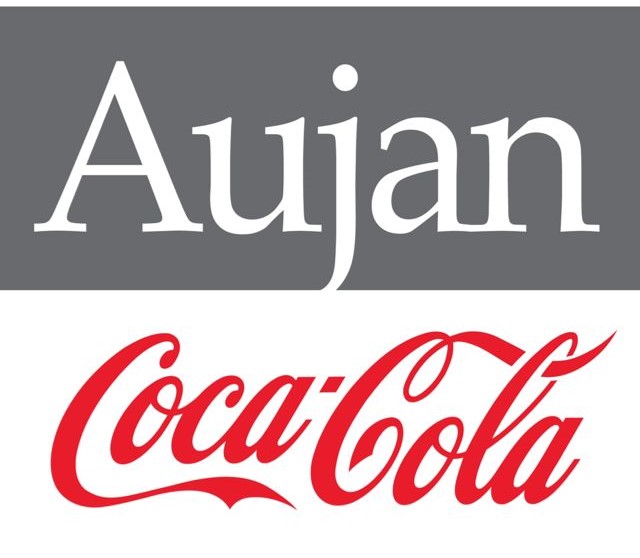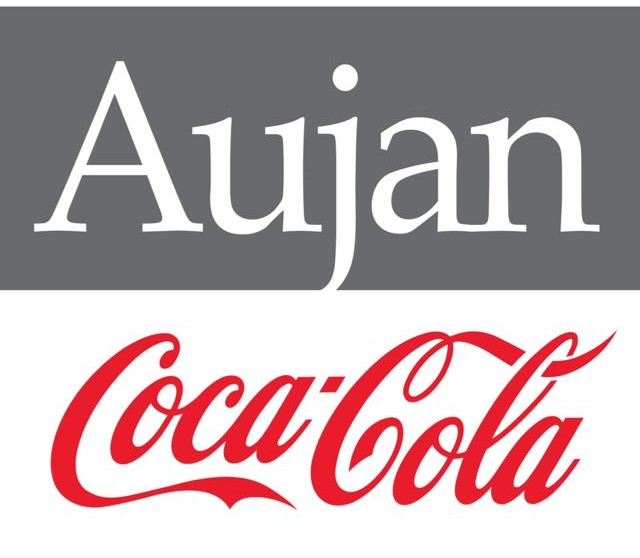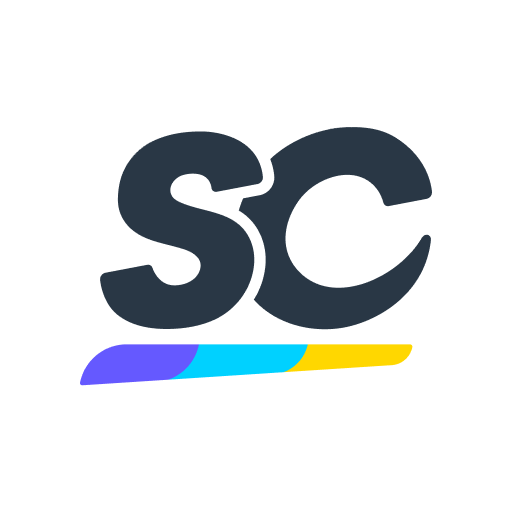Information
-
Document No.
-
Audit Title
-
Client / Site
-
Conducted on
-
Prepared by
-
Location
-
Personnel
1.0 CONSTRUCTION & LAYOUT OF BUILDING:
-
1.1 Building premises are kept clean, free of debris and sealed properly to avoid entry of contaminants and pests?
-
1.2 Site boundaries are identified and access is controlled?
-
1.3 No unprotected opening, walls and foundation are maintained to prevent leakage?
-
1.4 Plan/Layout of the site made available, up to date and product flow is defined?
2.0 LAYOUT OF PREMISES AND WORK SPACES:
-
2.1 Process Flow diagram is established and up to date.
-
2.2 Wall floor junctions and corners are cleaned using equipment and chemicals meeting the requirement of Food Safety Standards?
-
2.3 Incoming material storage is designed to provide a maximum protection from dust, waste and pests?
-
2.4 Floors are designed to avoid standing water.
-
2.5 External opening doors are closed when not in use and doors are provided with automatic closing feature.
-
2.6 Raw materials kept off the floor and off the walls to allow inspection and pest control activities to be carried out.
-
2.7 Separate storage is provided for cleaning materials and chemicals. Chemicals are placed in dedicated accessible place, away from processing and line and well identified.
3.0 UTILITIES – AIR , WATER AND ENERGY:
-
3.1 Water analysis is included in the micro biological audit contract?
-
3.2 Ventilation system is cleaned as per the cleaning schedule. Filter changing and maintenance records kept?
-
3.3 Exterior air intake ports of ventilation system are examined periodically for physical integrity.
-
3.4 Lighting is appropriate and light fixtures are protected above processing and storage area?
-
3.5 Filter changing and maintenance is managed with the maintenance program.
4.0 WASTE DISPOSAL:
-
4.1 Waste is collected in containers identified for their intended purpose and located in designated area. Waste containers are equipped with covers and poly bags?
-
4.2 Waste is evacuated daily to avoid accumulation?
-
4.3 Labeled materials wastes area destroyed to ensure that trademarks cannot be reused?
5.0 EQUIPMENT SUITABILITY, CLEANING AND MAINTENANCE:
-
5.1 Equipments and containers coming into contact with product in all its stages are designed and constructed so that they can be adequately cleaned, disinfected and maintained to avoid contamination of product?
-
5.2 Cleaning chemicals are handled and used in accordance with manufacturer’s instruction and stored separate from product and raw materials?
-
5.3 Employees are trained to do the required cleaning of the facility?
-
5.4 Effectiveness of the cleaning schedule verified by swab test for microbiological contamination and visually for physical contamination?
-
5.5 A preventive maintenance program is in place covering IML production equipments and devices used to monitor and control product safety and quality?
-
5.6 Lubricants and heat transfer fluids used are food grade?
6.0 MANAGEMENT OF PURCHASED MATERIALS:
-
6.1 Are written specifications or MSDS for incoming material kept by Purchase Department?
-
6.2 Incoming load and vehicle checked prior to, and during unloading to verify that the quality and safety of the material has been maintained during transit?
-
6.3 Are incoming lots are sampled and tested against COA as per a well-defined raw material test plan?
-
6.4 Are new purchases of materials from new supplier evaluated against the HACCP requirements by the Food Safety Team to confirm adherence to specifications?
7.0 MEASUREMENT FOR PREVENTION OF CROSS-CONTAMINATION:
-
7.1 Clean protective clothing such as overall, hairnet worn by personnel working in the facility?
-
7.2 Are anti-microbial (sanitize) agents made available to personnel to disinfect their hands as and when needed?
8.0 PEST CONTROL:
-
8.1 Pest control activities are subcontracted to a licensed agency?
-
8.2 Site representative assigned or identified and accompanied the subcontractor during the site interventions?
-
8.3 Pest control devices/equipments are identified in the map and records maintained.
-
8.4 Data sheets for pesticides are available as evidence that the pesticides used are acceptable to regulatory authorities?
9.0 PERSONAL HYGIENE AND EMPLOYEE FACILITIES:
-
9.1 Hand washing notices or signs posted in relevant areas? PPEs such as hairnet, apron, beard mask, shoe covers are provided near the entrance door and easily accessible to employees and visitors?<br>
-
9.2 Restriction regarding food consumption in processing area implemented to minimize potential cross-contamination possibilities?
-
9.3 Hand washing facility provided at the entrance? Soap and sanitation dispensers provided and filled?
-
9.4 Adequate locker facility provided and kept clean and not used to store food items?
-
9.5 Employees are using appropriate protective clothing supplied by SPF?
-
9.6 Acceptance of new worker joining the production team made conditional to negative health test results?
-
9.7 Employee illness or injury reporting procedurally detailed?
-
9.8 Good Hygiene practices are listed and communicated with employees?
10.0 PRODUCT RECALL PROCEDURES:
-
10.1 Product recall possibilities are identified and procedurally detailed?
11.0 WARE HOUSING:
-
11.1 Incoming materials, intermediate materials and packaging materials are handled and stored in a manner to prevent damage, deterioration and contamination?
-
11.2 Finished product is stored, rotated and handled under conditions to prevent damage or deterioration?
-
11.3 Returned, defective or suspect product is clearly identified and isolated in a designated area for appropriate disposition?
-
11.4 Outgoing vehicle and load is inspected to ensure protection of the product against damage and contamination risks?
12.0 PRODUCT INFORMATION AND CUSTOMER AWARENESS:
-
12.1 Traceability system is procedurally detailed and incoming materials are assigned a unique lot number for control purpose?
-
12.2 Finished product or packages are labeled appropriately to support traceability, storage and handling.













